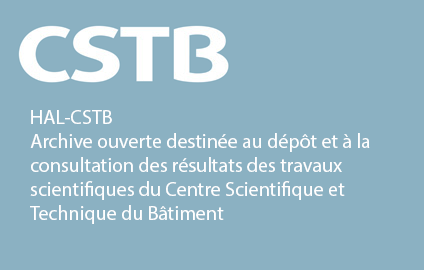Enabling noise engineering methods to model complex geometries
Résumé
Many governments use standard engineering methods (e.g., CNOSSOS or Nord2000) to model outdoor noise propagation from cars, trains, and trams. These methods provide efficient approximations of long-term averaged noise levels based on the geometrical divergence, atmospheric absorption, ground effect, refraction, reflection, and diffraction. However, these methods are limited to diffraction around simple, box-shaped geometries; for example, engineering methods cannot model a T-barrier. In addition, reference methods like boundary elements or finite differences are too computationally expensive for many realistic cases. Thus, a hybrid method has been developed to improve the accuracy of the engineering methods for complex geometries and surfaces. This approach interpolates a table of 2.5D boundary element results to estimate the influence of the complex objects. The hybrid method produces more accurate results than the standard engineering methods compared to a fast-multipole boundary element method for a small test case using a T-barrier up to almost 2 kHz. However, significant differences between the hybrid and boundary element methods remain because the boundary element method sums the pressures coherently and the hybrid method sums them incoherently like the engineering methods do for simplicity and efficiency.
